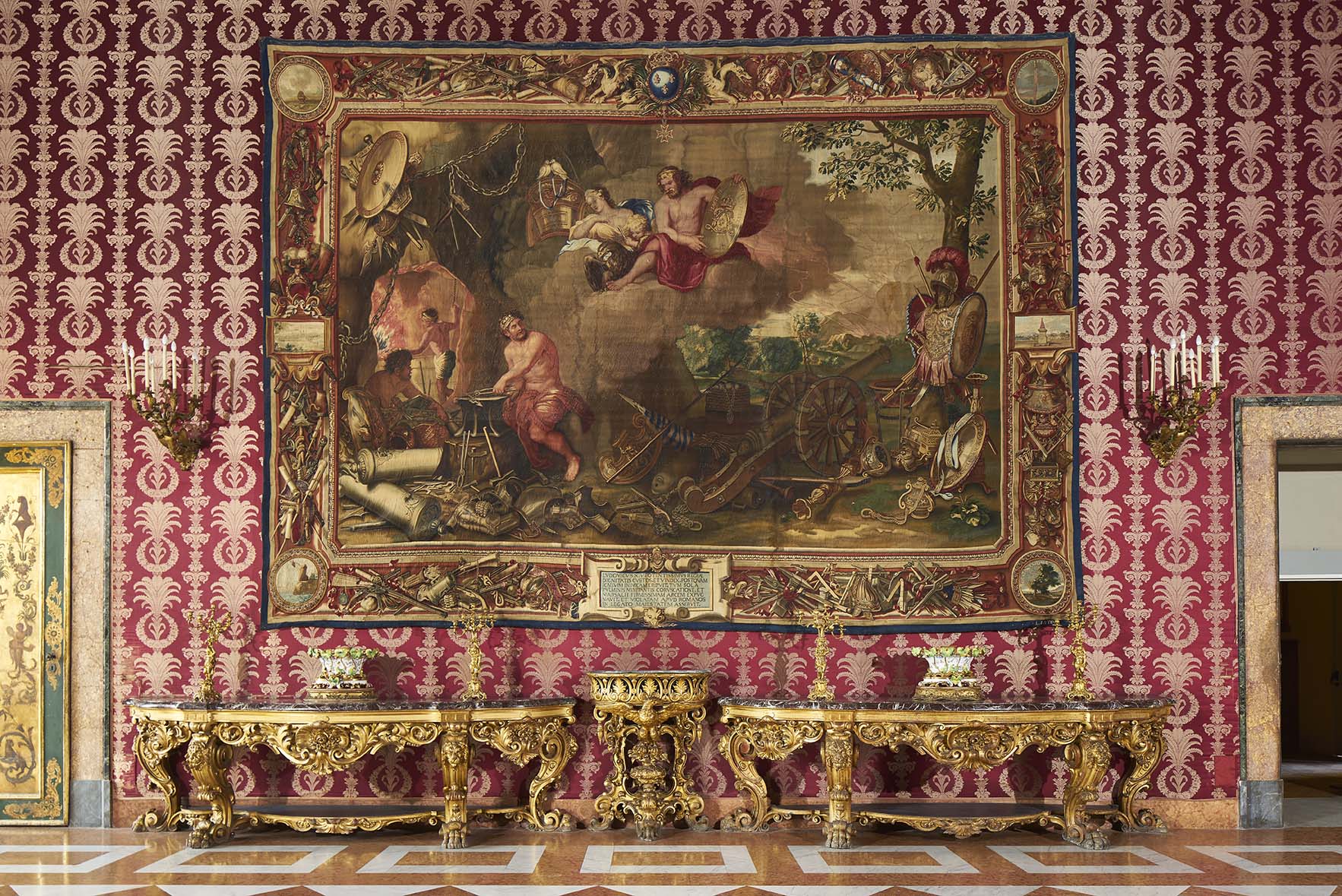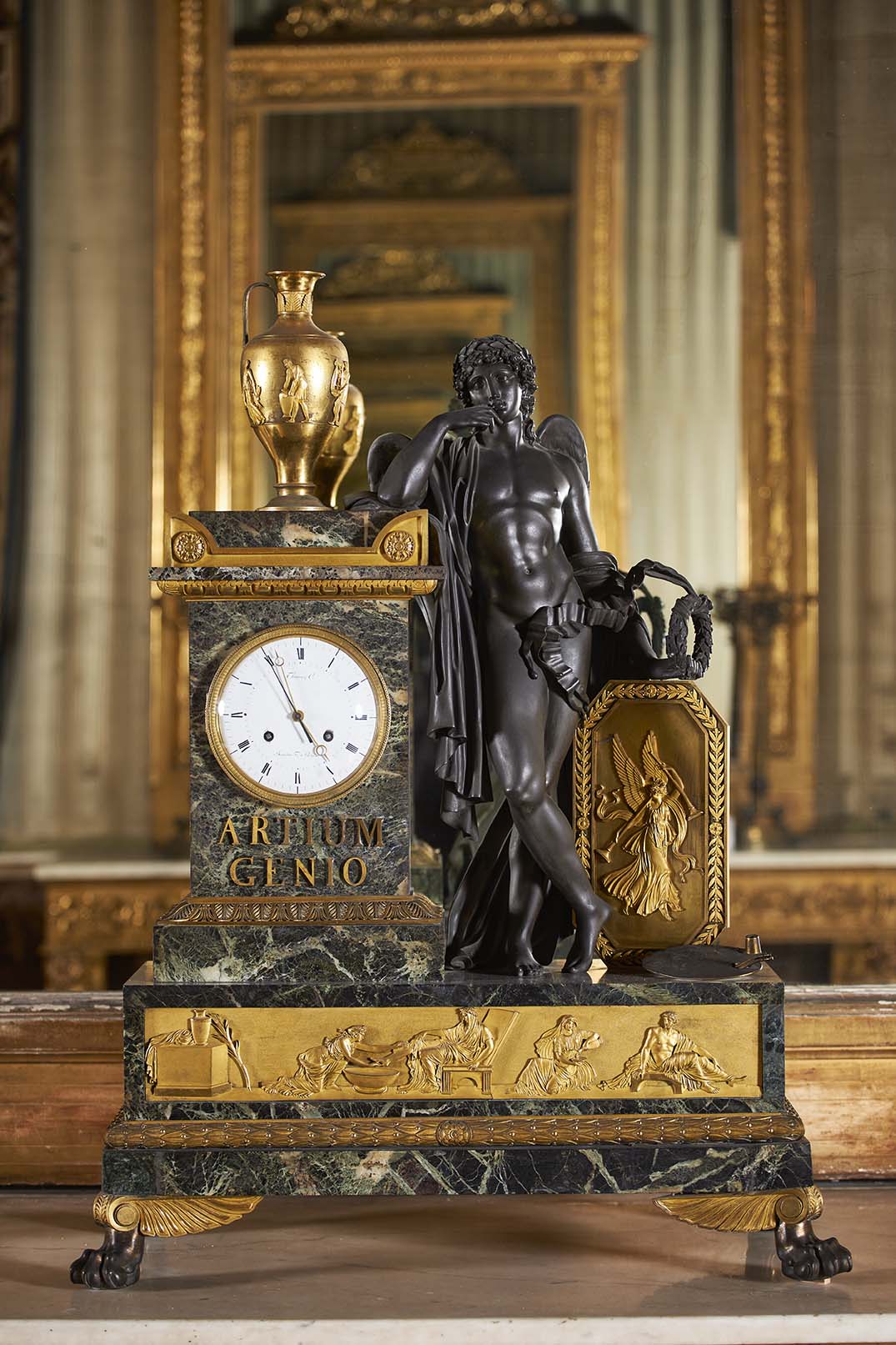The History of Naples in one place
Theatre of the most important political decisions taken for southern Italy, the Royal Palace stands in the heart of the city as a majestic symbol of an entire era: an indispensable destination for travelling through time and crossing the stories that made Naples great.
History
The Royal Palace, founded in the year 1600 and designed by architect Domenico Fontana, was the seat of monarchical power in Naples and Southern Italy from the seventeenth century until 1946. It was initially inhabited by the Spanish and Austrian Viceroys, then by the Bourbon kings - with an interruption in the French decade of the reigns of Joseph Bonaparte and Joachim Murat - and finally periodically by the Savoy.
Heritage
The historical apartment houses the very rare Court Theatre, created by Ferdinando Fuga, seventeenth-century frescoes, including those by Battistello Caracciolo and Rococo by Francesco De Mura and Domenico Antonio Vaccaro, Rocaille style stuccoes in the private rooms and Neapolitan and French furnishings.
The exhibition itinerary consists of 34 rooms originally intended for institutional and representative functions, once the “Great Label Apartment”, beautifully decorated and adorned with paintings, statues, tapestries and period furniture. The current layout corresponds, particularly with regard to the arrangement of the furnishings, to how the rooms appeared at the time of the Savoy, based on 1874 inventories.
The Royal Palace suffered serious damage and looting during the last war which was remedied with extensive restoration work by the then Director Felice de Filippis. Through the restoration work which began in 2013, a general exhibition and set-up reorganisation took place for the first time since the 1980 earthquake.
The heritage consists of a large picture gallery, with paintings from the sixteenth to the nineteenth century; collections of tapestries of Neapolitan manufacture from the 18th and 19th century and of Gobelins manufacture from the 18th century; an important collection of French and English-made watches from the 17th to the 19th century; a collection of 19th century French porcelain; three cycles of 17th century frescoes, the work of Belisario Corenzio and Battistello Caracciolo; and many other precious furnishings and decorations.

